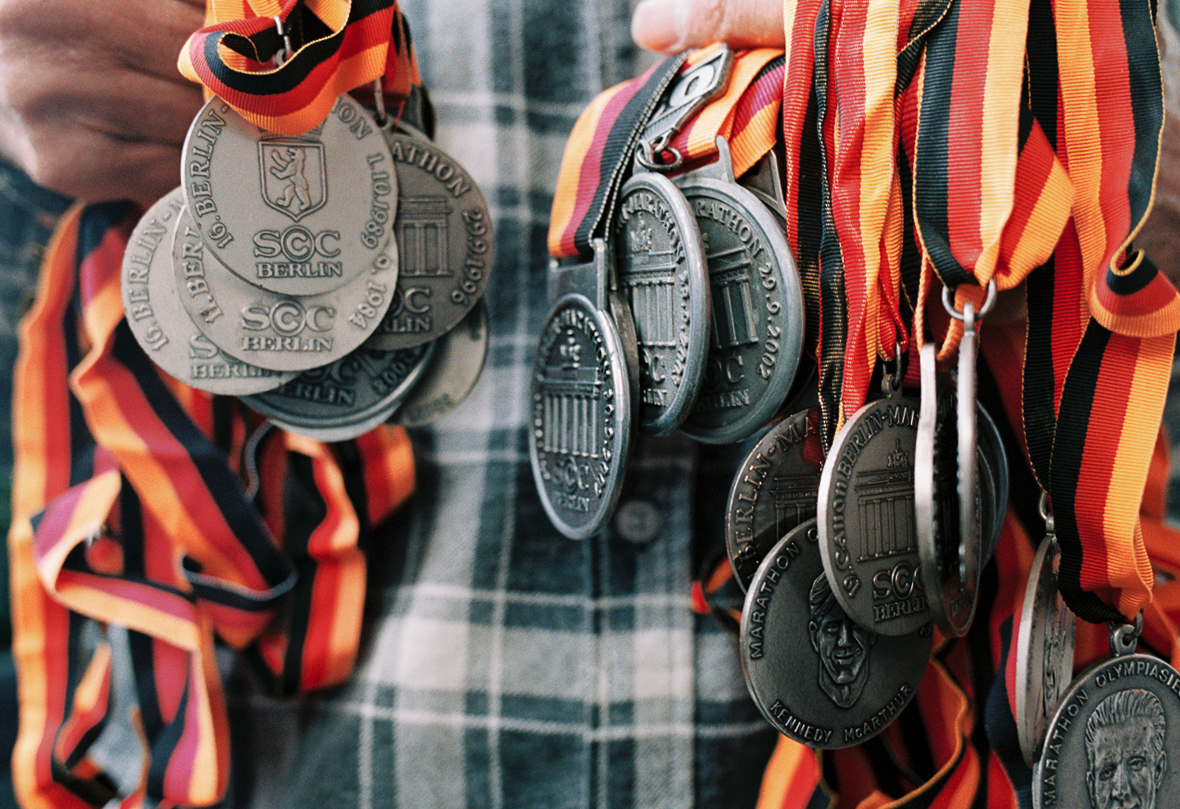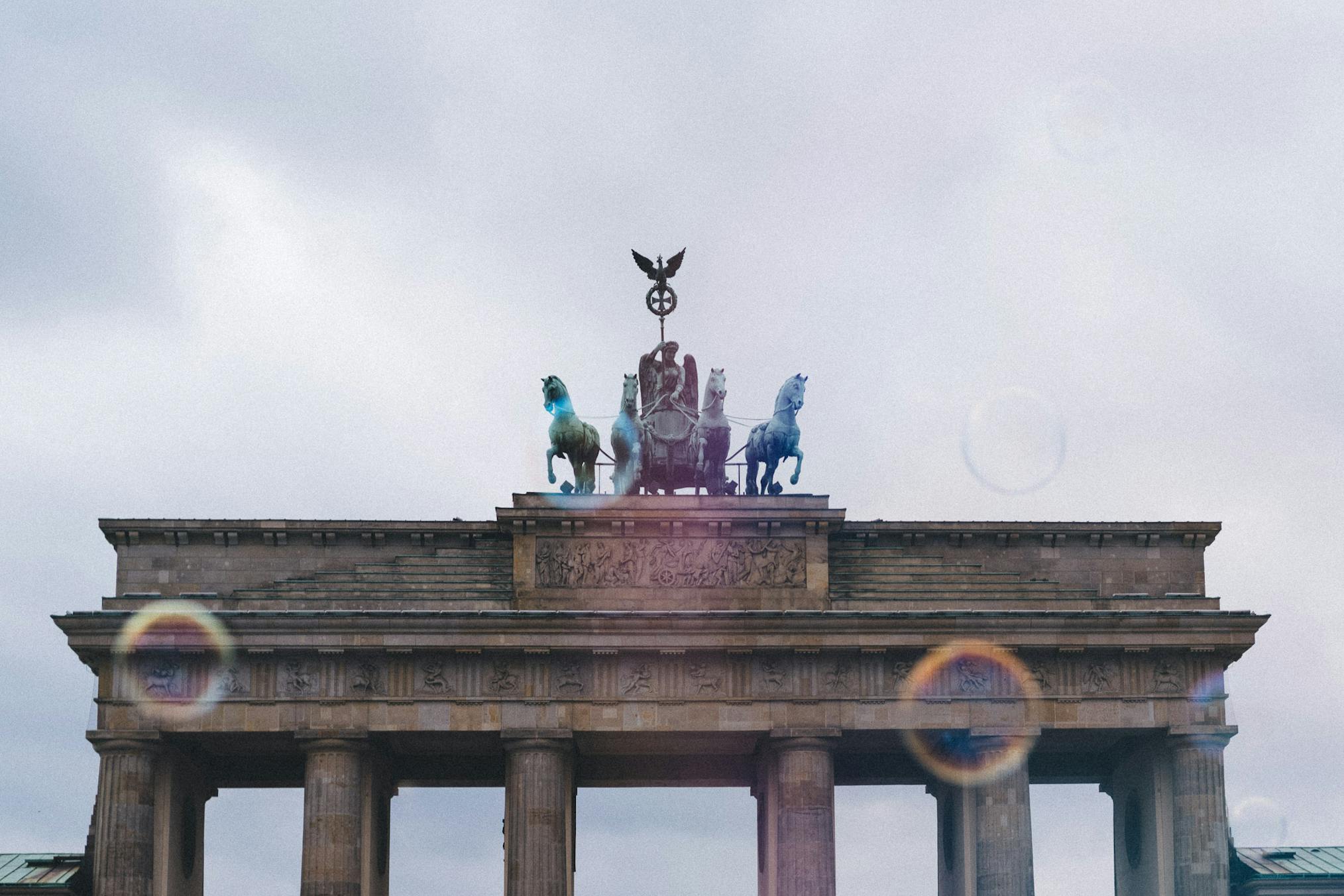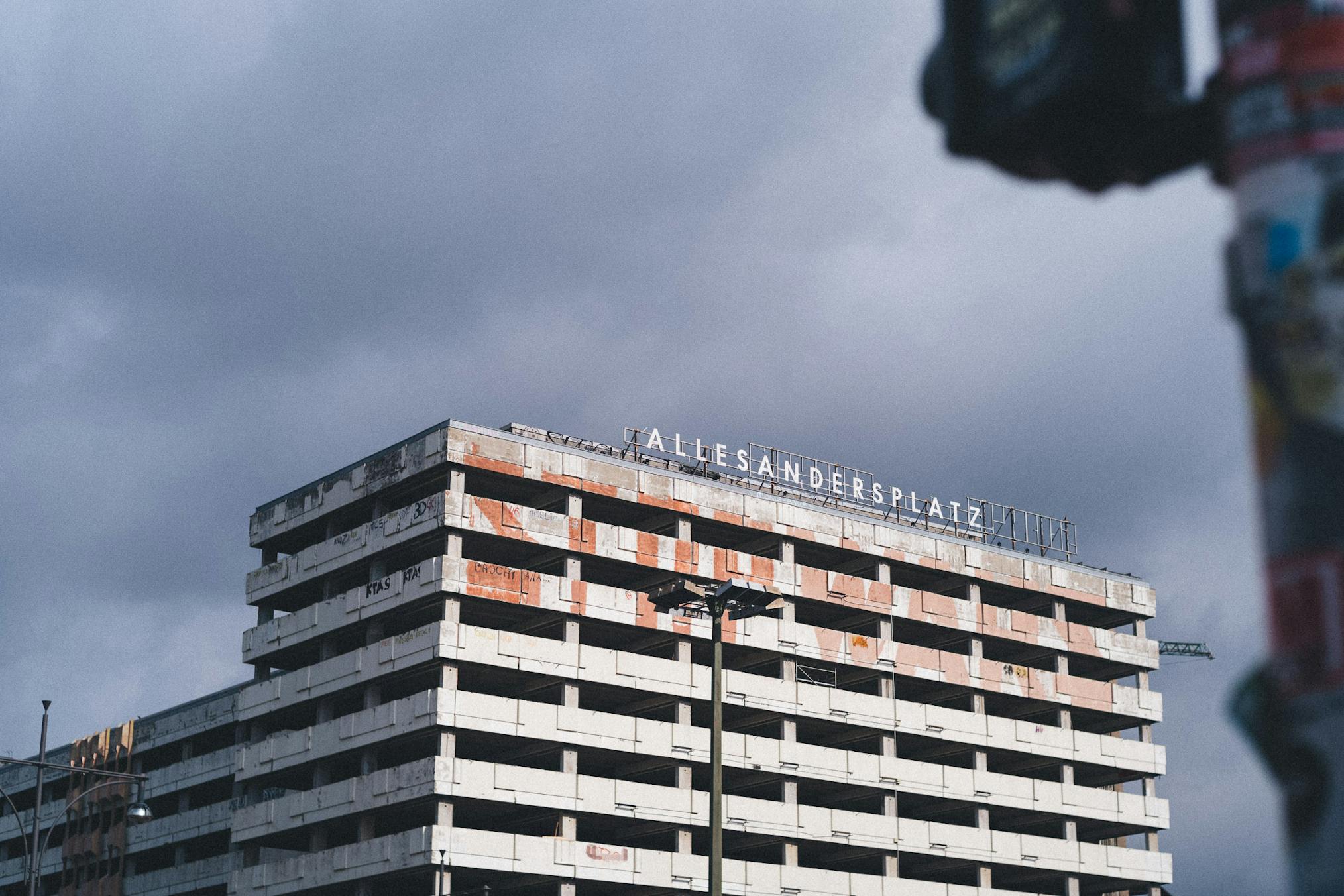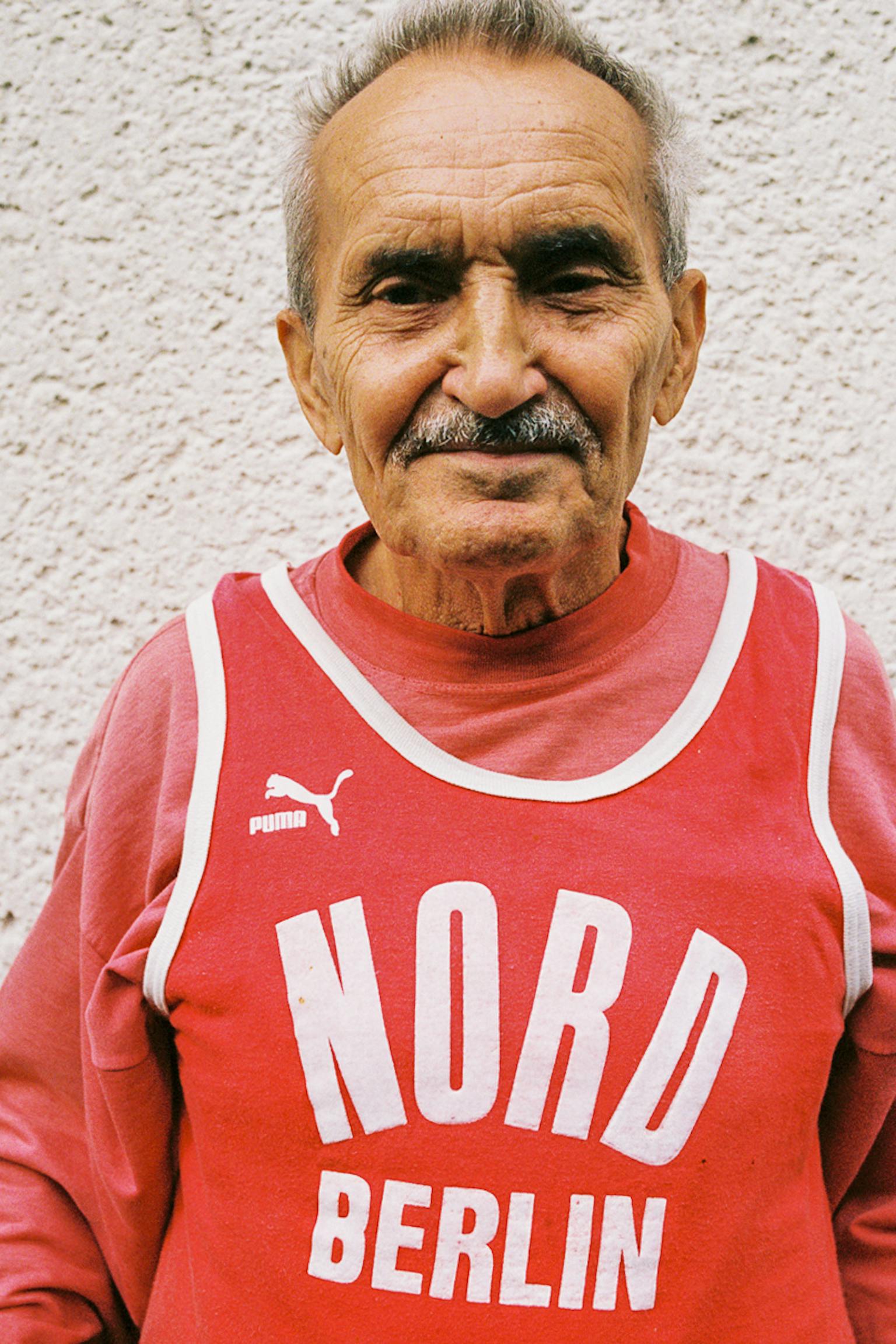
The Berlin Marathon:
Origins of an Icon
Flat with wide sweeping turns, Berlin has earned a reputation as the fastest of the six Abbott World Marathon Majors. Here is where the marathon world record has been bumped nearly a dozen times — and on a course that previously borrowed one side of a deeply divided, but ultimately reunified nation.
Words by Sarah Gearhart
Photography by Christian Brecheis and Sarah Gearhart
The first mass participation marathon in Germany was staged on October 13, 1974 in what was formerly West Berlin. The “Berlin People’s Marathon,” as it was known, was the vision of a pastry chef named Horst Milde, a middle distance runner for SC Charlottenburg, one of Germany’s most prestigious clubs. He has been described as the man who taught Berlin to run, the country’s own Fred Lebow.
“I never dreamed of this development,” Milde has said about the widely respected and prized international marathon he pioneered.
Milde, twice German champion in the 3x1,000m relay and with a PR of 1:49.8 for 800 meters, was a mover and shaker who introduced the German Cross Country Championships and chip timing before it was officially recognized. In short, he operated ahead of the curve.
Günter Hallas, a mailman from Spandau, was curious to experience the inaugural Berlin Marathon. So he sandwiched himself among 286 total entrants after signing up when he came upon a newspaper ad promoting the race. Hallas’s pure intent to challenge the distance resulted in an unexpected victory — a respectable effort of 2:44, supported by one salt tablet and a few sips of water. The low key ambience had tested his mental endurance as he ran painfully alone, twice looping the course from Mommsenstadion, SC Charlottenburg’s training center, to West Berlin’s public beach Strandbad Wannsee, then back to the stadium.
The race was a privilege not afforded to the east due to the separation of Germany. Runners these days experience a route that’s had a democratic evolution. Unlike the race’s first 16 years, when the west side had monopolized the course, the modern route offers a bite of a reunified city as it zigzags by monuments and through districts steeped with history.
The clockwise course crosses former west and east divisions, starting in the heart of Tiergarten and pulls runners by the Siegessäule. Unveiled in 1873, the 220-foot column topped with the bronze sculpture of the Goddess of Victory was dedicated to Prussia’s victory in the Franco-German war. The point is also where Barack Obama, then the US presidential candidate, delivered a speech to an estimated crowd of 200,000 in July 2008.
The route then traces to the government district preceding Mitte, where participants trek to the east and stamp along Torstrasse, one of the neighborhood’s main streets. Alternative Friedrichshain takes stage at roughly 10K before the course transitions southward toward Kreuzberg, a haven for artists since the fall of the Berlin Wall and boasts some of the city’s top galleries.
By kilometer 23, the route crosses Rathaus Schöneberg, where in 1963 U.S. President John F. Kennedy declared, “Ich bin ein Berliner” (I am a Berliner), in a famous speech supporting Germany’s reunification. This point is also where Nobel Peace Prize winner and former chancellor of West Germany Willy Brandt spoke the afternoon of the fall of the Berlin Wall in November 1989.
The affluent southwest, roughly kilometers 26 to 33, prepares runners for Berlin’s “Champs-Elysees”, Kurfürstendamm boulevard. Ticking closer to the finish, runners pass the Neue Nationalgalerie, a protected monument designed in the late 1960s by Bauhaus director Ludwig Mies van der Rohe. South edge of Tiergarten, the shimmering Berliner Philharmonie concert hall, another product of the early 1960s and designed to be democratically appealing, marks the final stages of the course, when runners again pass through east Berlin before making way onto Unter den Linden boulevard.
Germany’s largest city race would continue to grow in size and reputation. Even those prohibited from participating wanted a piece of the experience. For years, runners living east of the border would vicariously partake in the Berlin Marathon via radio play-by-plays. Some fortunate retirees from the East that had permission to visit family in the West discreetly slipped into the race, one reportedly registered under his cat’s name, unbeknownst to the East German secret service (but not to race organizers).
Wishful thinking for everyone else became reality when the East and West could run together for the first time during the 17th edition of the Berlin Marathon on September 30, 1990. Three days before official reunification, roughly 23,000 people poured through Brandenburg Gate, the iconic landmark symbolizing unity and freedom after the fall of the Berlin Wall in November 1989. Built by the German Democratic Republic during the Cold War, the Berlin Wall had physically (and ideologically) divided the city from 1961 to 1989. The guarded concrete barrier stood just shy of 14 feet and 27 miles wide, marked with barbed wire, spikes and 55,000 landmines meant to serve as obstacles for anyone that attempted to scale or dig under it.
Jörg Peter, a two-time Olympian who held Germany’s marathon record between 1988 and 2015, was on the starting line that Sunday for an historic, rainy race. He described it as simply “sensational”, especially the sponsored 800m and 1500m runners positioned up front to attempt the first few kilometers as fast as possible.

Back then, runners passed through Brandenburg Gate three kilometers into the race. Milde’s idea to run through the gate in 1990 required approval from mayors on both sides and was permitted just weeks prior to the race. He had planned roughly eight kilometers to skirt through the east. Australian Steve Moneghetti’s world record of 2:08 in that edition was another dose of excitement. Peter, by the way, trailed in third, in 2:09:23.
The race used to wrap on Kurfürstendamm, but a significant change in 2003 brought the loop through Brandenburg Gate to the finish line. It was Milde’s way of better presenting Berlin to the world, he said. Yet throughout finite tweaking, the course has remained flat and fast, and the marathon continued to draw the world’s best talent, especially when Milde’s son Mark succeeded his father in 2004.
Once a volunteer that handed out refreshments along the course during his childhood, Mark eventually graduated to managing the elite fields for six years before he was named race director at age 30. He invited world class runners like Naoko Takahashi of Japan, who became the first woman to break the 2:20 barrier in 2001; and Kenyan Paul Tergat, the first man to run sub 2:05. And under Milde Part II, the world record slashed 11 times in total in Berlin, including by Ethiopian Haile Gebrselassie in 2008 and most recently in 2018 by Kenyan Eliud Kipchoge and his 2:01:39.
A remarkable feat on a historical course incepted out of fearlessness and persistence. In a city that has lived a heavy past, this marathon has come to symbolize potential and possibility.



